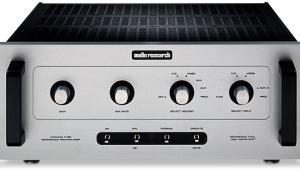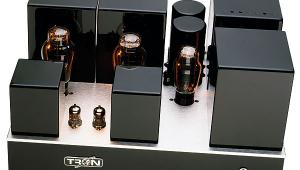Made in Maidstone
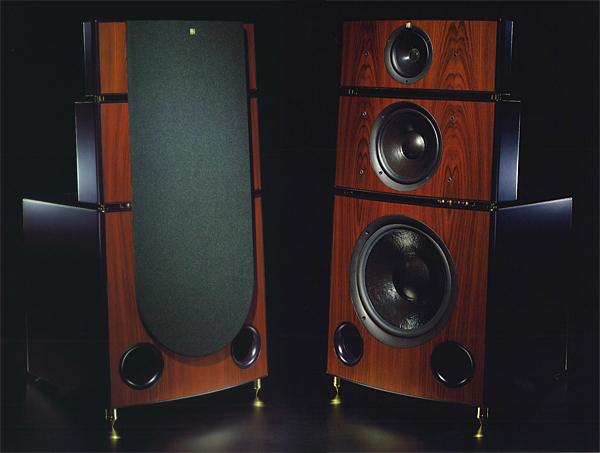
 Martin Colloms hears KEF's no-holds-barred flagship speaker, the R109
Martin Colloms hears KEF's no-holds-barred flagship speaker, the R109
In late 1995 an idea began to take shape at KEF Audio. The company had already produced some fair-sized 'reference' models, culminating in the well-regarded Reference Four. But even this powerful and accomplished design lacked the necessary weight and presence to make a major impact at the highest quality level of world loudspeaker sales. So research began to define the key elements of what was intended to be a much larger speaker system, a definitive engineering expression of the company's knowledge.
The intention was for this model to have an essentially unlimited dynamic range, as well as the capability for truly high sound levels, fully capable of driving large listening rooms. Such reference- grade loudness also had to be accompanied by very low distortion, a wide uniform frequency range and ample reserve in the critical low bass frequencies. Using sufficiently powerful amplification, the aim was to recreate realistic, full loudness replay of a large symphony orchestra or a stadium rock concert.
Eye Dazzler
In identifying the performance targets, the engineers decided new drive units were essential, as well as a radical re-examination of best design practice, relative to this project. In my view, this has involved abandoning several engineering principles which have almost become a KEF signature.
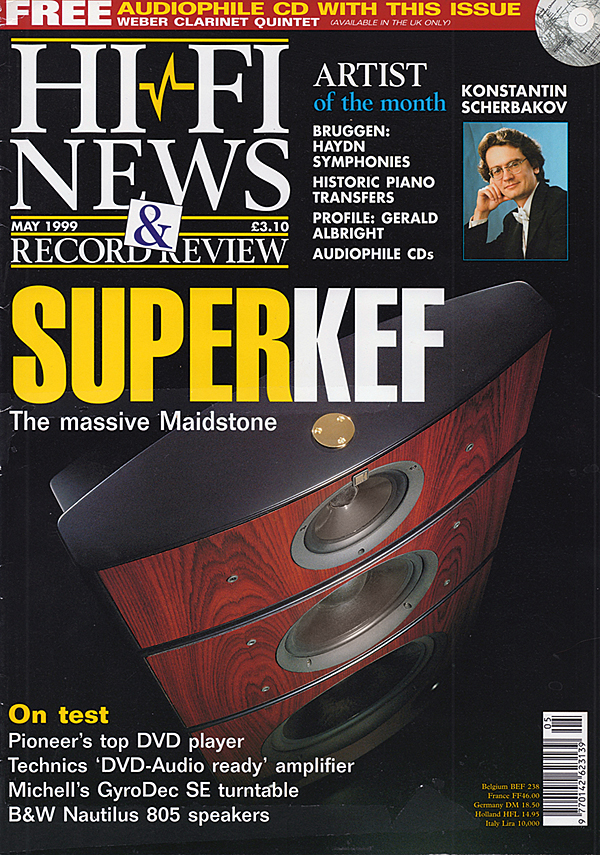
The design team, headed by Ric Ciccone (team leader and bass driver designer) and Andrew 'Doc' Watson (system designer) will argue the point, but I feel that the R109 Maidstone represents a new departure for KEF in several respects. Some might view it as a return from certain 'high-tech' approaches to more traditional engineering values.
Without labouring the point too much, we've come to expect certain things from KEF's more expensive designs: polymer cones, bandpass bass systems with concealed drivers, unitary enclosure construction, decoupled driver mountings, fixed factory-defined response alignments, and a minimum of ostentation. In addition, the electrical loading which the speaker applies to a matching amplifier has generally been compensated to some uniformly low value, typically 4ohm. So imagine my surprise to find that almost all these features had been abandoned in the Maidstone.
To begin with, the R109 is a very large speaker, with a strong physical presence. The build and design are clearly dominated by the vertical driver lineup, and the rosewood- veneered cabinets, together with a bright gold-plated finish for the feet and mechanical coupling elements give a feeling of luxury. There's even more gold round the back, acres of it in fact. The large connector plate is all polished gold plate – likewise the array of solid-metal binding posts, which number no fewer than 20 per system, a real eye-dazzler!
Stack Machine
But enough of that. Just what do you get for your £12,000? Checking the spec, the R109 stands 1.19m tall, is 0.6m wide by 0.67m deep and weighs in at approximately 200lb per speaker. Built as three stacking enclosures per channel, this is a big, broad, curve-fronted system, floorstanding, and a two-man lift even when disassembled.
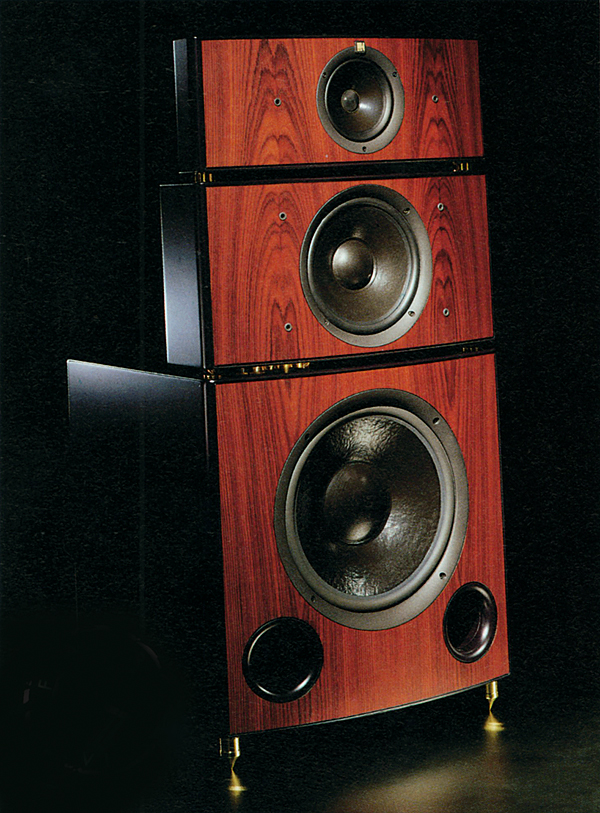
Starting from the bottom, the bass bin, set lowest, begins with two huge bass reflex ports followed closely by a 380mm bass driver with a resin-bonded fibre-pulp cone. Similar cone material is used in the 250mm lower-mid unit, which occupies the next section above. This is assembled as a pair with the top cabinet, and the resultant upper section of the enclosure, partially decoupled from the bass bin by a three-point (yes, you've guessed it, gold-plated) cone-and-cup array.
The whole is topped out by what seems at first glance to be a superfluous metal plate (gold again). But this is in fact the site for retrofitting a supertweeter, to extend the range to well beyond audibility, perhaps 40 to 50kHz. This is to cater for growing tastes for wider bandwidth in Japan, perhaps driven by the incipient availability of wider-bandwidth programme.
Correction of the electrical load/impedance is the minimum considered necessary for good amplifier drive, while a 'tone control' is also provided for the treble, to account for variations in room damping at high frequencies.
In this four-way (potentially five-way) system, the mid and treble is handled by a top of the line Uni-Q driver, the one with the almost hidden dome tweeter central to the mid cone. A high 91dB/W (8ohm) sensitivity is quoted for the system, though with a 4ohm rated impedance. In truth, this defines an 88dB 'real watt' sensitivity, in other words, about average.
Raw Power
Whether you get that extra 3dB from the paper specification will, of course, depend on the current reserve of your amplifier. A genuinely high maximum sound pressure level of 118dB is specified, together with a big 400W power capacity (as usual, peak programme, speech and music drive). The manufacturer's tolerance for frequency response is 35Hz to 20kHz ±3dB, while the bass has been designed for a tailored, 'slow' rolloff to lower frequencies, for example, –6dB down at 30Hz. Good in-room bass levels down to 27Hz can be expected provided these claims are verified.
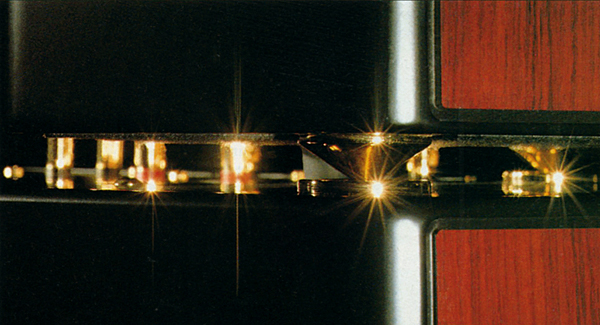
There are several ways to connect the Maidstones. With the jumper bars in place they may be single wired, which is what I mainly did, using Transparent XL cable. With the jumpers out, the speaker splits between the two lower and two upper drivers, allowing for bi-amping or passive bi-wiring if desired.
With access to four Meridian 605 monoblocks, I found by experiment that the bi-amping route provided significant gains in clarity over straight stereo throughout the range. But do choose sufficiently good and powerful amplification.
Furthermore, it is possible to arrange the entire terminal array on the input panel to lift the drivers respectively away from their internal crossover networks. In this mode, an auxiliary multi-way active crossover may be installed. To reconfigure, small threaded studs present in the terminal panels are unscrewed and reversed so altering the internal connections. This is operative for the bass driver, while the upper-bass, mid and treble sections can be directly accessed via their umbilical connection systems, which are normally accessible on the back of the speaker.














